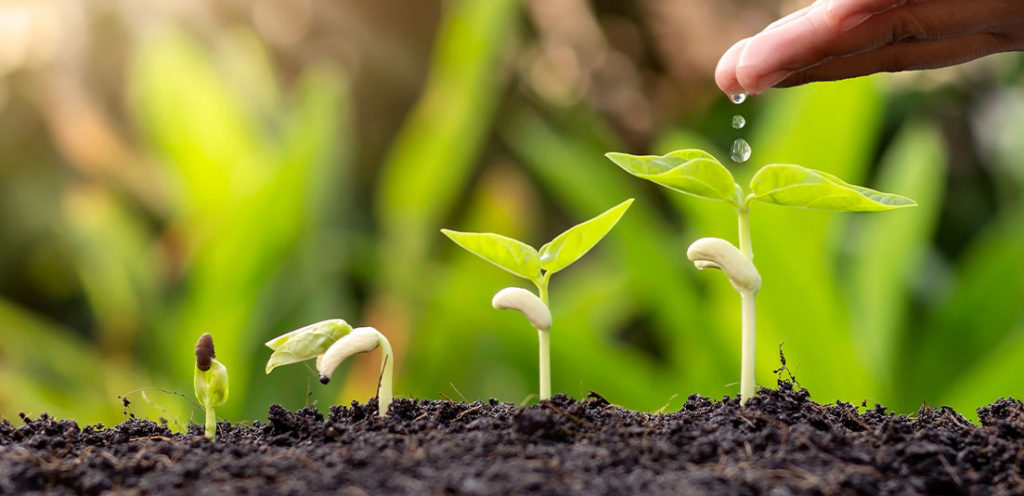Western medicine ignores the fact that relationships, emotions, food, activity and stress all play a role in health. Conversely, the Ayurvedic concept of Dosha alignment addresses the body as a complex ecosystem. While, this knowledge has been available for over 3000 years, our society views us as commodities. Therefore, our bodies are treated as machines that need to be kept running in order to continue to work, produce, and pay taxes.
I was diagnosed with an autoimmune disease at a young age. This led me to rely on western medicine the majority of my life. I found that doctors take little effort to investigate the root cause of anything but are quick to prescribe a drug. Only treating a symptom with a chemical creates imbalances in other parts of the body. Which in turn, creates vicious cycle.
Could this be why we have rampant chronic disease in the United States? In this article we will explore how to achieve an optimal state of mental and physical health using ancient wisdom. Chopra has a wealth of articles on Ayurveda and its various healing strategies.
Take Our Free Quiz to Determine your Dominant Dosha

The Doshas are present in all of us to varying degrees. There is no good or bad. The doshas are made up of the five elements (water, fire, earth, air, ether). They are the building blocks of the universe and everything you see, touch, taste, smell and hear. These elements govern your physical and mental state and how you interact with everything around you. They also govern the way we think, behave and function. The three doshas are Vata (air & ether), pitta (fire & water), Kapha (earth & water). Everything has its own individual dosha or elemental makeup.
However, we do have one or two dominant doshas. It is vital to keep these doshas balanced to avoid systemic mental and physical dysfunction. Everything effects this balance from change in seasons to time of day. Take our online quiz to determine your dominant Dosha type!
Vata Dosha = Air + Ether

Vata changes quickly like the wind. It is characterized by cold, light, irregular, rough, moving. It is also the ability to think outside the box, beyond the status quo. In ancient times, Vata dominance was associated with mystics, artists, and visionaries.
When balanced this is our go getter and creativity. That drive to achieve and accomplish is Vata speaking. However, unbalanced Vata can result in insomnia, weight loss, constipation, hypertensions, digestive disorders, arthritis, restlessness, anxiety.
To bring Vata into balance one must focus on grounding activities such as yoga or walking in nature. It is important to eliminate stimulants like coffee and alcohol from your diet. For this reason, routine is key to balancing Vata; Get to bed early and rise with the sun. Don’t skip meals. Don’t underestimate the benefits of meditation!
Vata Dosha is at its peak during the fall months when things are changing, aligning it with seasonal affective disorder. Similarly, this dosha peaks each day around 2 – 6 when day becomes night and night becomes day.
Physical traits (Vata): lean bodies, cracking joints, dry skin, cold hands and feet, light sleep, & slow digestion
Vata balancing herbs: Ginger, turmeric, cinnamon, cardamom, thyme, basil, fennel
Vata balancing foods: Winter squash, bananas, beans, soup
Pitta Dosha = Fire + Water

Pitta is characteristic of transformation, and the fiery nature that lives in all of us. Qualities are stimulating, hot, intense, penetrating, pungent, acidic. The drive to achieve and compete is Pitta talking. Pitta is responsible for decision making, leadership, and strong communication.
When balanced strong digestion, energetic, and great appetite. Conversely, unbalanced Pitta results in skin issues, ulcers, sweating, indigestion, heartburn, blaming, arguing, temperamental moods.
In order to bring balance to this dosha, one should take walks in nature while listening to calming music. Alternatively, spending time with loved ones who help keep you calm and centered. Self-massage with cooling oil. Laughter is very important!
Pita Dosha peaks during the summer and between the hours of 10 – 2 each day. Since Pita is already high during the summer and around lunch time, you should avoid stimulating foods as this will push you out of balance. Accordingly, food that will increase Pita are spicy, peppers, soups, etc. There are great recipes available at Banyan Botanicals for balancing each dosha.
Physical traits (Pitta): medium build, thin hair, good digestion, strong libido, warm body temperature.
Pitta balancing herbs: Cardamom, fennel, tulsi, saffron, coriander
Pitta balancing foods: peppermint, cilantro, cucumbers, green leafy vegetables
Kapha Dosha = Water + Earth

The Kapha dosha acts as the stabilizer and is responsible for the structural integrity of the body. Qualities are heavy, soft, steady, slow, cold. Hence, Kapha dominance is recognized as sturdy, sound sleep, and strong digestion. Consequently, It is responsible for will power and focus.
Physical traits are thick body type, kind eyes, radiant skin, and thick hair. Whereas Unbalanced Kapha results in weight gain, oversleeping, asthma, diabetes, depression. Refusal to accept facts or question the status quo is Kapha talking.
Balancing Kapha involves waking before sunrise, seeking stimulation of new things, exercising regularly, and stimulating aromatherapy. It is very important to clear clutter often, to avoid hoardi壯陽藥 ng and stagnation.
Kapha peaks in late winter through early spring and during the hours of 6 – 10 each day. If you have trouble waking up in the morning, you should try going to bed before Kapha ends at 10 and waking before Kapha begins at 6.

Interesting